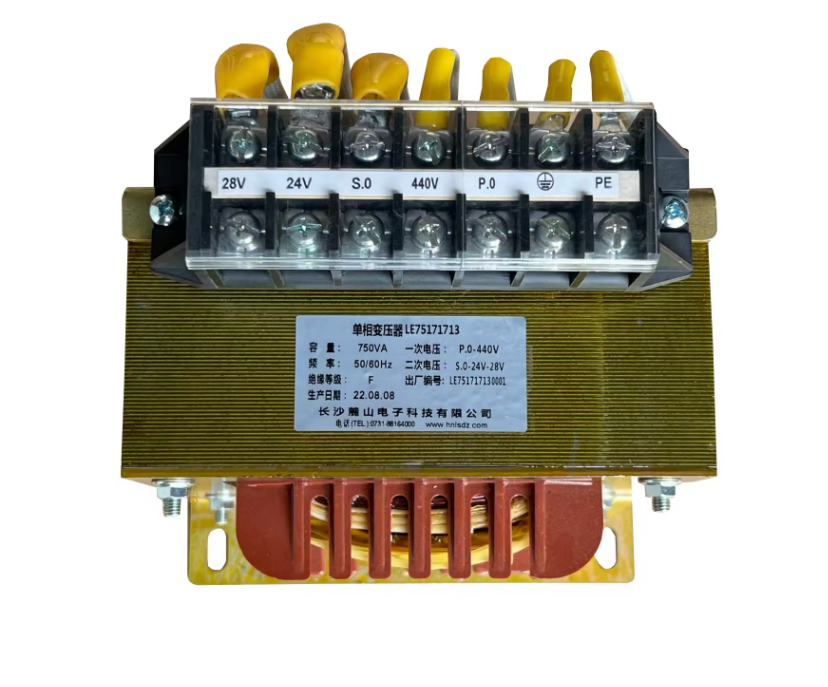When it comes to performance vehicles, the turbocharger is often the unsung hero, transforming the engine's potential by forcing more air into the combustion chamber. However, many enthusiasts and everyday drivers alike may find themselves asking, Why is my turbo not reaching full boost? This question can stem from various issues, ranging from mechanical failures to tuning problems. In this article, we will delve into the multifaceted reasons behind insufficient turbo boost, providing you with a comprehensive guide to diagnosing and resolving these issues.
Understanding Turbo Boost
Before we dive into troubleshooting, it’s essential to understand what turbo boost is and how it functions. Turbo boost refers to the increased air pressure created by the turbocharger, which allows the engine to burn more fuel and produce more power. The boost level is typically measured in psi (pounds per square inch) and is crucial for achieving optimal engine performance. When your turbo fails to reach its intended boost level, it can lead to a significant drop in power, fuel efficiency, and overall driving experience.
Common Causes of Low Turbo Boost
- Boost Leaks
One of the most common culprits behind low turbo boost is a boost leak. This occurs when there are cracks or loose connections in the intake system, allowing pressurized air to escape before it reaches the engine. Common areas to inspect include:
- Intercooler piping
- Hose clamps
- The intake manifold
- Turbocharger connections To diagnose a boost leak, you can perform a smoke test or use a boost leak tester to pressurize the intake system and identify where the air is escaping.
- Wastegate Issues
The wastegate controls the amount of exhaust gas that bypasses the turbine wheel in the turbocharger. If the wastegate is stuck open or malfunctioning, it can lead to low boost levels. Symptoms of a faulty wastegate include:
- Inconsistent boost levels
- Turbo lag
- Engine stalling Inspect the wastegate actuator for proper function and ensure that it is not damaged or corroded.
- Turbocharger Failure
A failing turbocharger can also be a reason for inadequate boost. Common signs of turbo failure include:
- Unusual noises (whining or grinding)
- Excessive oil consumption
- Smoke from the exhaust If you suspect turbo failure, it’s crucial to have it inspected by a professional. Replacing a turbocharger can be costly, but neglecting it can lead to further engine damage.
- Exhaust Restrictions
The turbocharger relies on a free-flowing exhaust system to generate boost. Any restrictions, such as a clogged catalytic converter or muffler, can hinder performance. To diagnose exhaust restrictions:
- Check for any visible damage or blockages in the exhaust system.
- Conduct a backpressure test to measure exhaust flow.
- Fuel Delivery Issues
Insufficient fuel delivery can also impact turbo performance. If the engine is not receiving enough fuel, it cannot utilize the increased air from the turbo effectively. Common fuel delivery issues include:
- Clogged fuel filters
- Failing fuel pumps
- Dirty fuel injectors Regular maintenance of the fuel system is essential for optimal turbo performance.
- Tuning Problems
If your vehicle has been modified or tuned, improper tuning can lead to low boost levels. A poorly calibrated engine management system may not allow the turbo to reach its full potential. Consider:
- Re-evaluating your engine tune
- Consulting with a professional tuner to ensure that your vehicle is optimized for turbo performance.
Diagnosing the Problem
To effectively diagnose why your turbo is not reaching full boost, follow these steps:
- Visual Inspection: Start with a thorough visual inspection of the intake and exhaust systems for any obvious signs of damage or leaks.
- Use Diagnostic Tools: Utilize an OBD-II scanner to check for any error codes that may indicate issues with the turbocharger or related components.
- Test Drive: Take your vehicle for a test drive while monitoring boost levels with a boost gauge. Pay attention to how the vehicle responds under acceleration.
- Professional Help: If you are unable to identify the issue, consider seeking assistance from a professional mechanic who specializes in turbocharged vehicles.
Conclusion
Understanding why your turbo is not reaching full boost is crucial for maintaining your vehicle's performance and longevity. By systematically diagnosing the potential causes—from boost leaks to tuning issues—you can take the necessary steps to restore your turbocharger's functionality. Remember, regular maintenance and timely repairs are key to ensuring that your turbocharged engine operates at its peak performance. Whether you’re a seasoned enthusiast or a casual driver, addressing turbo issues promptly will enhance your driving experience and keep your vehicle running smoothly.

